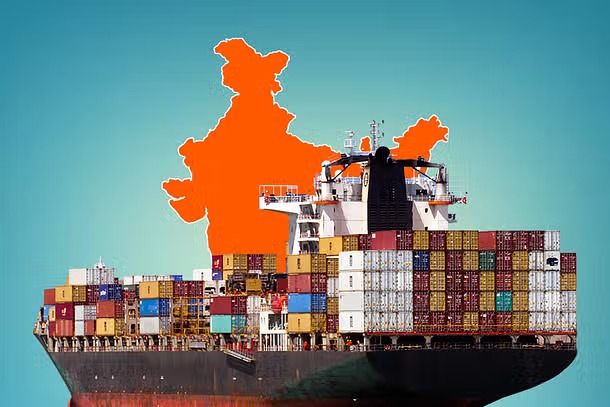
India’s Merchandise Exports on track for modest rebound, projected to reach $107.5 Billion in Q3: Exim Bank
NEW DELHI : India’s merchandise exports are expected to see a 1.85% year-on-year increase, reaching $107.5 billion in the third quarter of FY25 (October-December), as projected by India Exim Bank. This is a rise from $104.61 billion during the same period last year.
For non-oil exports, Exim Bank forecasts a 7.39% year-on-year growth, reaching $91.7 billion. Exports excluding oil, gems, and jewellery are projected at $82.7 billion, reflecting a year-on-year increase of 7.8%.
This anticipated growth signals a modest yet steady rebound for India’s merchandise exports amid global economic uncertainties. The rise is attributed to India’s strong economic fundamentals and sustained demand from key trading partners. Additionally, potential easing in global monetary policies could create a more favorable environment, further supporting export growth.
However, Exim Bank cautions that external risks persist, including uncertainties in advanced and emerging economies, rising geo-economic fragmentation, crises in the Middle East and West Asia, potential protectionist policies, and ongoing supply chain disruptions.
The positive momentum in total merchandise, non-oil, and non-oil, non-gems, and jewellery exports is expected to extend into Q4 FY25, according to Exim Bank.
“The export forecast for this quarter is only slightly higher than last year’s, but when looked at on a monthly basis, it’s clear that real growth is not happening,” said Pronab Sen, an Economist and Former Chief Statistician of the country.
There’s been no significant increase; the growth we’re seeing is far below expectations. For an economy aiming for a 7% growth rate, we should ideally see exports growing by 14-16%. However, export growth isn’t aligning with this target,” said Sen. “While various factors are impacting exports, a global economic slowdown isn’t one of them—the global economy is, in fact, relatively stable. We need to examine more closely why our exports are struggling to gain momentum.”
